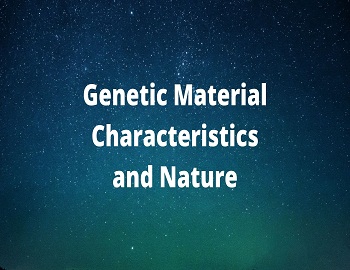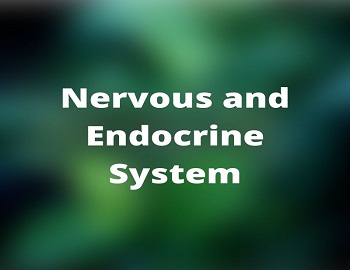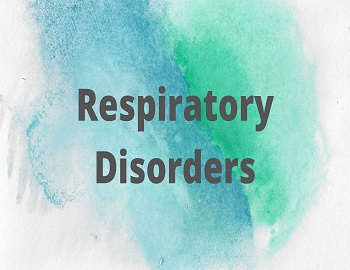Steady State and Homeostasis:
Steady State refers to a system in which the rate of input of matter and energy equals to that of output. The living cell or organism is an example of steady state because it must be continuously supplied with water, oxygen, energy and a variety of materials. Besides, there must also be an output of CO2, nitrogenous wastes and heat which are products of chemical reactions.
Homeostasis is defined as the tendency of living organisms to maintain a constant internal environment. It is a process through which the internal environment of the organism is maintained at an optimal range for cellular functions. It is also a state of equilibrium within the body with respect to various functions and to the chemical composition of the body fluids and tissues. The mechanisms that accomplish homeostasis are known as homeostatic mechanisms. Most homeostatic mechanisms inside the living body work through a feed-back system. For example- a level of hormone from thyroid gland called thyroxine in blood is maintained through the interaction of pituitary and thyroid glands.
Examples of Homeostasis:
- Regulation of body temperature- When the body temperature rises above normal (98.4°F), it is sensed by special cells in the hypothalamus of the brain that function as a thermostat. These cells excite the sweat glands to increase secretion of sweat and evaporation of sweat from the body surface lowers the body temperature by cooling effect. Also, the thermostat on stimulation causes dilatation of blood vessels in the skin and so the blood flow to the skin is increased and more heat is lost to the environment by radiation. On the other hand, when the body temperature falls below normal, the heat sensitive cells of hypothalamus cause vasoconstriction of blood vessels in the skin and so the heat loss is reduced.
- Regulation of heartbeat- Normal heartbeat is 72 per minute. When we run or do a heavy muscular exercise, the heart starts beating faster than the normal so as to provide more blood and energy to the tissues of the body. After some time, the normal heartbeat is restored by a feedback mechanism.
- Accommodation power of eye- For focussing objects at different distances from eyes, our eyes make immediate adjustment to look objects at far off distance and those which are nearby.
- Osmoregulation- During summer, one feels more thirsty because more water is lost by sweating. In winter, there is little sweating so that water intake is less. When water intake is more, kidneys remove more water from blood and so more urine is produced and vice versa.









Comments (No)